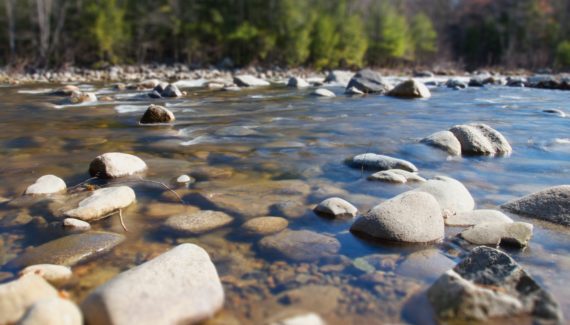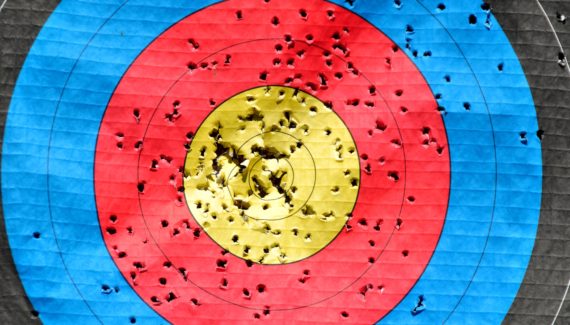
It’s pretty simple to get a fire blazing when the weather is dry with low humidity. However, building a campfire when it’s soggy, chilly, and the forest is totally wet is a trial by fire (so to speak) of even the most experienced backpacker. For even the best campers or outdoorsmen, getting a campfire blazing hot in wet conditions is enough to make you pull out your hair.
Let me give you a couple of tips to help you get your campfire burning after it’s been raining for a while.
Tinder to get You Started
If you’re like most hikers, you desire to be able to start a fire using a spark. Obviously, it’s quicker to use shortcuts like gasoline or fire-starting chemicals, but in survival situations, you really should know the old ways of getting fires started with a spark.
Starting your fire from a single spark means you have to have some tinder. Tinder can be many different substances, but in its purest form, it’s some flammable substance that catches a spark and lets it smolder. Wood should be dry, ultra-flammable, and loose enough so air can circulate to the flame.
Kindling Keeps It Going
Kindling is used to build the smoldering tinder until it becomes an actual fire. As with tinder, it needs to be dry and airy so it can catch fire immediately and ensure good air circulation.
Your kindling is best if it is the length of your hand, and as thin and slender as possible. A sharp outdoorsman’s knife makes it simple to slice slivers of kindling from a dry log.
Branches and Logs Burn Best
As soon as you get a pile of kindling, you must feed the fire with thumb-thick branches. These branches work all the better if they’re as long as your forearm. Compare this to the kindling, which is generally only as long as your hand. Using good backpacking saw, getting your branches and logs is a natural process.
The initial shape of your fire is not really as important as letting the fire ‘breathe.’ Keep your fuel as close to the fire as can be if it’s damp, so the building flames burn out the soon-to-be burnt fuel.
As you build up your fire, you can add split logs. Always try to light the split side in the fire, the dry wood will catch a flame more easily. The other side may be soggy and won’t burn for a while.
Standing Deadwood is Best
It’s tempting to collect wood that’s lying around on the ground. However, when conditions are wet, it will be soaked through with water, and it won’t burn very well. This goes double if the wood is rotten.
Deadwood that’s still standing is the best for burning in a campfire under damp conditions. Since it’s still standing, it won’t have become soaked like rotting branches and logs on the earth. Your best bet is to have backpacking saw to process this dead wood, but all modern backpacking saws are light and extremely useful, nearly as useful as crossbows. There’s no excuse to leave one behind when you hike into the backcountry.



No Responses Yet